The US needs to be careful with the 1,000-ton lifting capacity, once the CIA's "secret weapon" during the Cold War, participating in salvaging the wreckage of a collapsed bridge in Baltimore.
US engineers and the US Army Corps of Engineers last weekend began drilling and clearing the first sections of the Francis Scott Key steel bridge, which collapsed early on March 26 when the Dali container ship crashed into it and blocked the river leading to the port of Baltimore, one of the busiest ports on the US East Coast.
US Transportation Secretary Pete Buttigieg stressed on March 30 that the cleanup of the bridge collapse site would be "extremely complicated" because about 3,000-4,000 tons of deformed steel and broken concrete were blocking the Patapsco River, with some sections submerged more than 15 meters deep.
According to Maryland Governor Wes Moore, four large-lift floating cranes will be deployed to the collapsed bridge area on April 1. In the coming weeks, a total of seven floating cranes, 10 tugboats, nine barges, eight scrap-collection vessels, and five US Coast Guard vessels will be mobilized to clear the river.
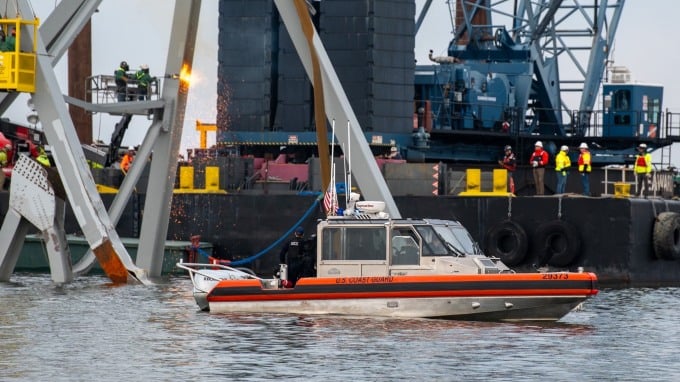
US engineers began drilling and cutting the Francis Scott Key Bridge in Baltimore on March 31. Photo: AFP
The main vehicle in this process will be the Chesapeake 1000 super crane, with a lifting capacity of 1,000 tons, described as one of the largest cranes on the East Coast of the US and once a "secret weapon" of the Central Intelligence Agency (CIA) during the Cold War.
The idea for the super crane came about when US intelligence received information that a Soviet nuclear ballistic missile submarine had gone missing in 1968. The 1,750-ton vessel was discovered nearly 3,000 km northwest of Hawaii, at a depth of more than 5,000 m.
The CIA launched a plan to salvage the wreck, called Project Azorian, to collect military secrets from the Soviet submarine. The super crane, then called the Sun 800, was key to the success or failure of the project, according to Gene Schorsch, who was the chief designer of the salvage ship for the CIA in the 1970s.
They enlisted billionaire Howard Hughes to create a cover to fool enemy intelligence. Hughes announced that he was investing millions of dollars to build the Hughes Glomar Explorer to explore the ocean floor, but the deal was actually a front for Project Azorian. The crane’s parts were manufactured separately in Minnesota and Texas, then shipped to a shipyard in Pennsylvania for final assembly.
Thanks to the Sun 800 super crane, the construction of the Hughes Glomar Explorer was quick, with all the heavy equipment being easily loaded onto the ship. Gene Schorsch hailed the ship's construction at the time as a "mechanical achievement" in the world.
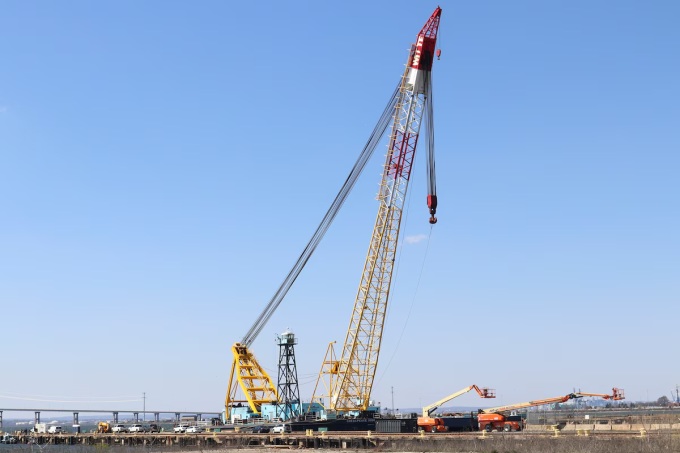
The Chesapeake 1000 super crane arrives at the Sparrows Point industrial park in Maryland on March 29. Photo: Washington Post
By July 1974, some four years after its construction, the Glomar Explorer left port in California, bound for the Soviet submarine salvage site. William Colby, director of the CIA at the time, was confident that the operation would go down in history as the greatest intelligence victory in history.
But the plan did not go as expected by American officials. The Soviet submarine broke apart during the salvage operation. After two months of struggling, the Glomar Explorer was only able to recover about a third of the wreck, along with the bodies of six Soviet sailors.
The CIA was unable to organize another salvage mission because of a secret information leak. Project documents were stolen from Howard Hughes' office, forcing US officials to call in the FBI and Los Angeles police to investigate.
Not long after, the American press "sniffed" the information and in early 1975 published a series of articles questioning Hughes's exploration ship and the US government. Moscow also increased its surveillance of the Glomar Explorer's movements in the Pacific. The White House eventually decided to stop all plans to salvage the remains of the Soviet submarine.
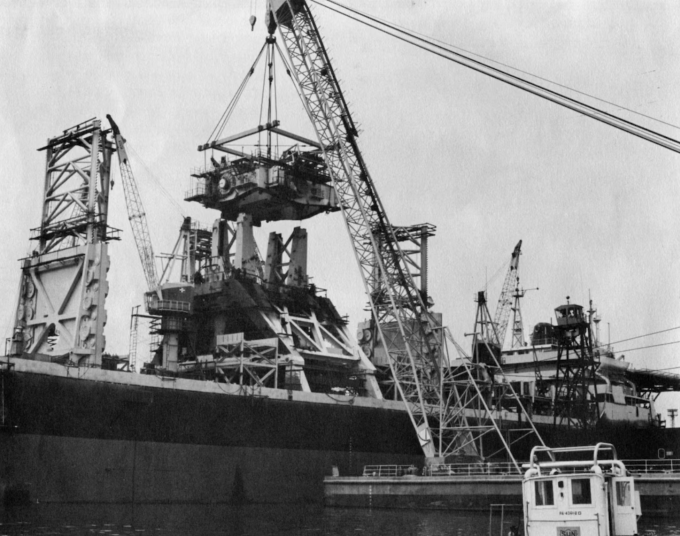
The Sun 800 super crane carries heavy equipment and machinery onto the Glomar Explorer in the 1970s. Photo: Sun Ship Historical Society
The CIA claimed that the Azorian project had accomplished its objectives, but the US media and researchers concluded that US intelligence ultimately failed to gather any valuable information. The Glomar Explorer was converted into an oil exploration vessel.
The Sun 800 was sold to Donjon Marine, upgraded to a 1,000-ton capacity, and renamed the Chesapeake 1000. It has been used on challenging projects, including the transport of a 1,000-ton bridge span in 2008 and the recovery of a 700-ton ship capsized by Hurricane Sandy in 2012.
To deal with the aftermath of the cargo train crash in Baltimore, US authorities have now once again had to mobilize the Chesapeake 1000. Although it did not achieve much results during the Cold War, the super crane once considered a secret weapon of the CIA continues to prove its usefulness.
Thanh Danh (According to Washington Post, CNN, NBC )
Source link


![[Photo] Closing of the 11th Conference of the 13th Central Committee of the Communist Party of Vietnam](https://vstatic.vietnam.vn/vietnam/resource/IMAGE/2025/4/12/114b57fe6e9b4814a5ddfacf6dfe5b7f)








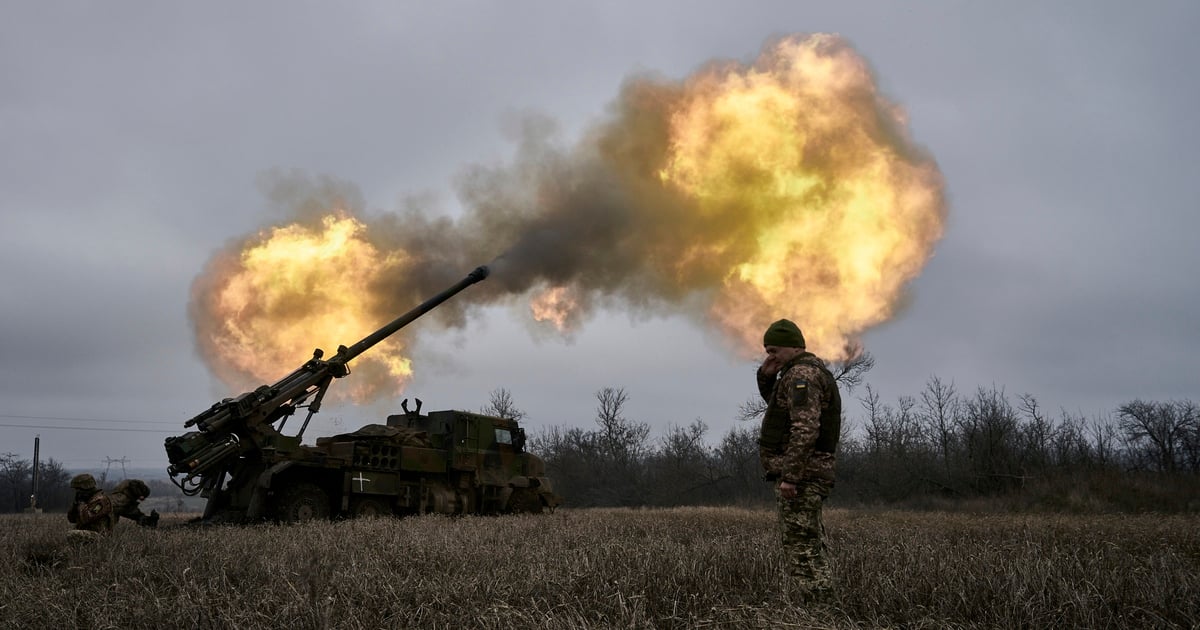

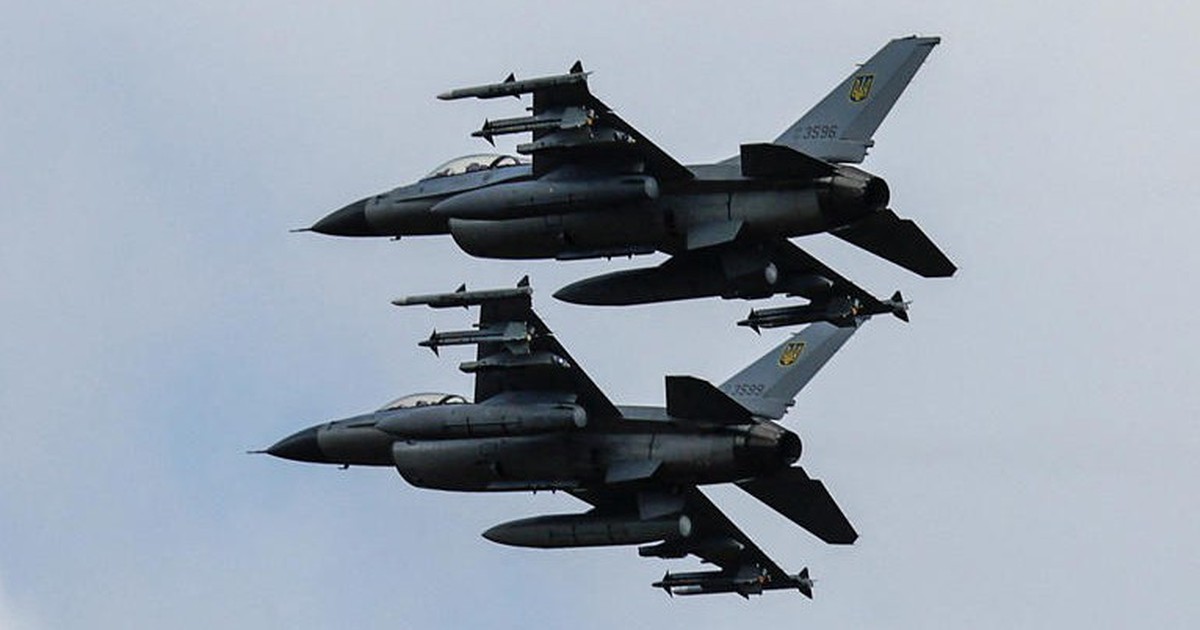
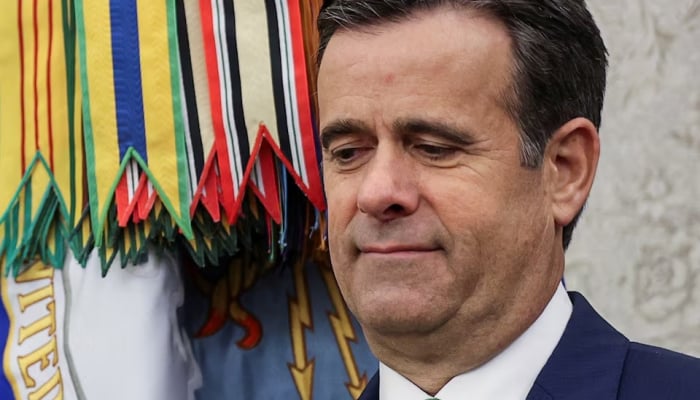
















![[Photo] Overcoming all difficulties, speeding up construction progress of Hoa Binh Hydropower Plant Expansion Project](https://vstatic.vietnam.vn/vietnam/resource/IMAGE/2025/4/12/bff04b551e98484c84d74c8faa3526e0)




















































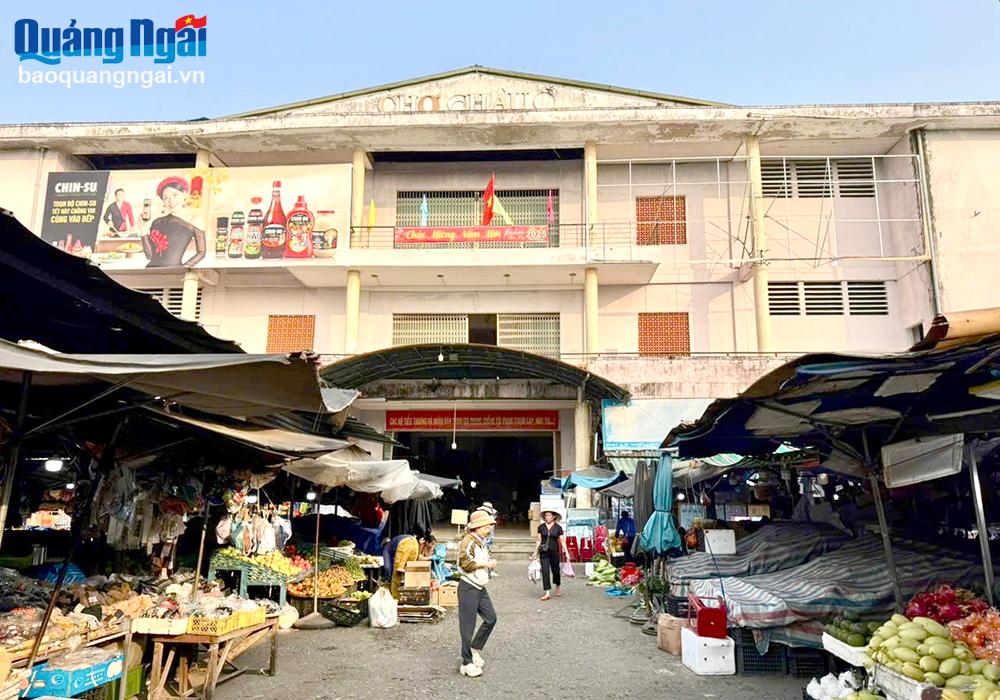











Comment (0)